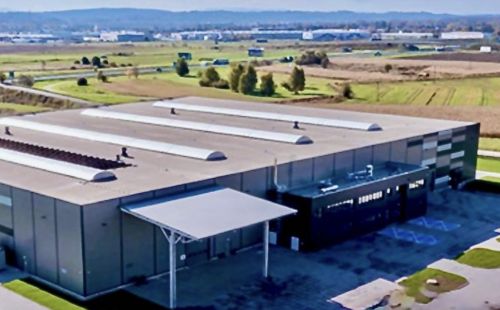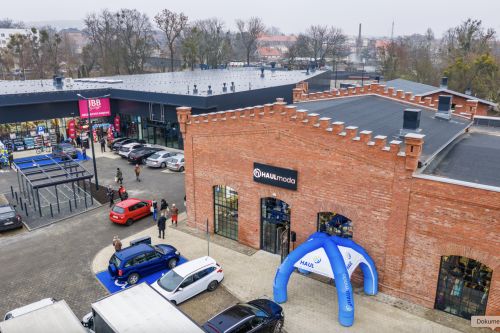Retail has been at the epicentre of cyclical and structural change. Prior to COVID-19 the sector was grappling with rapid ecommerce growth and changing consumer habits. The pandemic compounded those challenges and adversely impacted occupancy, rental collection and market sentiment. Look closer though and pockets of resilience exist. Many occupiers have not just survived, but thrived over the last two years. With the pandemic becoming endemic, a golden age beckons for future-proofed physical retail formats, assets and locations and informed investors who position their strategies accordingly.
The pain has been realisedThe pandemic had an immediate and dramatic impact on physical retail. Non-essential retailers were forced to closed and high street footfall collapsed and has yet to recover (figure 1). Poland’s ecommerce penetration rate was 8% in 2018 and is expected to reach 14% in 2022 with online spending boosted by the pandemic. Retail capital values fell by 20% over 2020 and































































The quiet revolution in Małopolska
The quiet revolution in Małopolska
Developers across the region are increasingly favouring heat pumps and photovoltaic systems over traditional gas boilers in warehouse construction. This shift marks a growing commi ...
Axi Immo
Modular construction becomes more prominent
Modular construction becomes more prominent
After a temporary slowdown, the modular construction market in Poland continues to expand in 2025. Although the sector faces challenges such as high material costs and investment f ...
Spectis
EXPO REAL 2025: From survival mode to selective recovery
EXPO REAL 2025: From survival mode to selective recovery
This year’s EXPO REAL in Munich marked a noticeable shift in tone across industry conversations. Following a period of uncertainty and postponed investment decisions, the com ...
Axi Immo